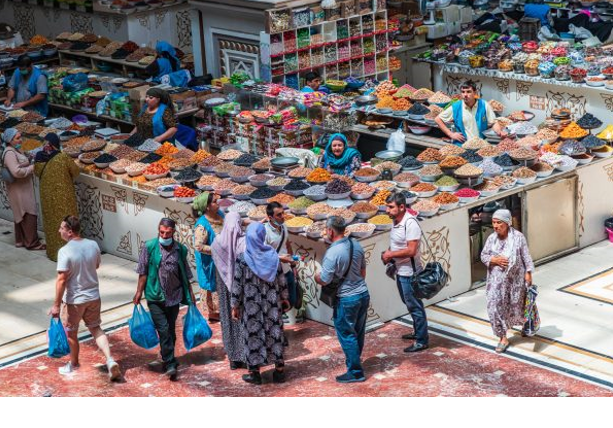In recent years, China’s lending has slowed down. Does this mean that China’s Belt and Road Initiative (BRI) is on a downward trend? BRI Monitor partners are among the experts that agree: although China may be re-evaluating some of its priorities, the BRI is here to stay and remains essential to China’s foreign policy. Its original intent was to meet China’s…

